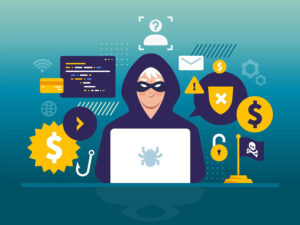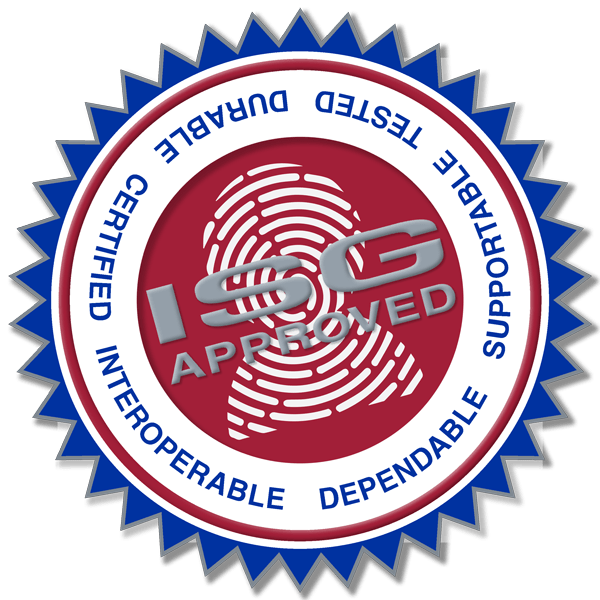Proximity cards are a fool-proof way to increase your organization’s security.
What is a Proximity Card?
A proximity card, also often called a prox card, is a technology card that can be read without being inserted into a card reader. Proximity cards contain an embedded antenna coil which contains all of the encoded card data. Card readers emit a low-frequency Radio Frequency Identification Technology (RFID) signal of either 125 kHz or 13.56 MHz. When proximity cards are placed near card readers, the emitted RFID signal allows the card to communicate its unique series of numbers to the reader. The reader is connected to a computer database which contains a list of card numbers. If the card’s series is verified against the database, the card will be approved and the door will be unlocked.
What Information Does a Prox Card Hold?
There are several bit formats (or bit structures) that are used in proximity cards. They range from 24 to 40 bits, with 26-bit (Wiegand™ format) being the most common. Some bit structures are brand specific (or closed format), which means that the card sequence is managed by the company who produces and/or supplies the cards.
The card number is made up of 4 sections: Parity bits, a facility code, and the card number (or serial number).
1. Parity bits
Often found at the beginning and/or end of the card’s number. They are an added level of security, as they are a simple check of the accuracy of binary data. In proximity card technology, they are used to ensure the data results in either an even or odd total. When ordering proximity cards, it is unnecessary to know parity bits.
2. Facility code
Generally a number between 1 and 255. The facility code is a number dedicated to the facility/building that is being protected by the system. It is programmed on every card in the series, and ensures that only your organization’s cards can enter.
- For example, Building A has a facility code of 001 and Building B has a facility code of 002.
- Two cards are encoded with the exact same serial number, but one is encoded with facility code 001, and the other with facility code 002.
- Even though they have the exact same serial number (ending in 4251999), they can not access both buildings, because the encoded facility code has to match the facility code of the building they are trying to enter.
- So the card with the number 001…42599 can enter Building A but not B. And card 002…42599 can enter Building B but not A.
3. Serial/Card number
The unique number which represents the cardholder in the system. The system administrator can control access privileges for individuals by allowing or restricting access for certain serial numbers within the system. For a standard 26-bit format, the maximum amount of serial numbers that can be encoded is 65,535.
Can You Order Proximity Cards from the ISG?
Yes!
If you already have a system in place, then it’s easy to order more cards! All we need is the quantity of cards you need and the encoding information: Format, facility code, and last card number ordered. That’s it!
If you don’t have a system in place, that’s not a problem at all. We are happy to help you get started, and we can provide you with everything you’ll need. We offer hosted or locally-installed access control solutions, from single doors to multi-location corporate enterprises.
Original article written by Justin Smith for ID Experts.


